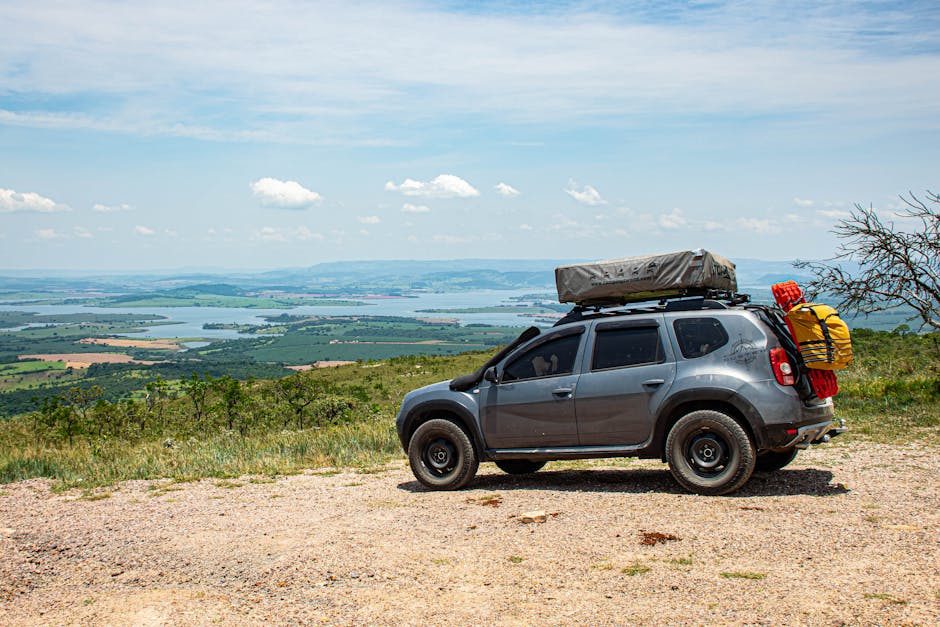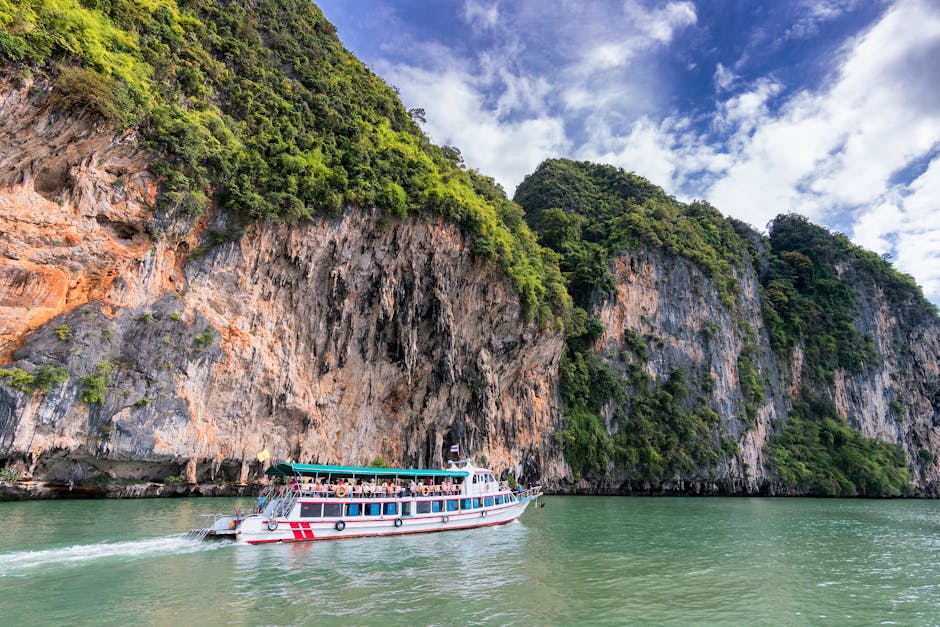Right, so picture this: I, your intrepid (and slightly clumsy) eco-travel aficionado, usually pick ziplines based on sheer adrenaline and breathtaking panoramas. Forget the finer points, right? This time, though – ahem – I went all virtuous and chose a sustainability-focused adventure. And let me tell you, the experience was a bona fide epiphany. It wasn't just the thrilling whoosh; the whole shebang revealed a mind-boggling interconnectedness.
This eco-tourism thing, it's like tossing a particularly vibrant, iridescent pebble into a crystal-clear pond. The effect? Concentric ripples of consequence, spreading far and wide. A poorly run zipline operation? That’s a recipe for ecological disaster – deforestation, soil erosion, wildlife habitats turned upside down. A destructive maelstrom of negative impact, it is. But get this: a well-run eco-tour? That's a game-changer. These meticulously crafted ventures become powerful engines of positive transformation, infusing financial vitality into local communities and conservation endeavors. I saw, firsthand, how responsible eco-tourism revenue directly fueled rainforest preservation, community education initiatives, and sustainable development projects. My perspective? Completely recalibrated.
Think of the rainforest as a gloriously intricate Swiss watch, an ecosystem of astonishing complexity. Each component, each tiny piece, operates in exquisite harmony. Now imagine untrained guides, shoddy infrastructure, a total disregard for indigenous wisdom – it’s like dumping a bucket of grit into that finely tuned mechanism. Friction. Breakdown. Complete dysfunction. Responsible eco-tourism, however, is like a master horologist, carefully maintaining that fragile equilibrium, ensuring the rainforest "clock" ticks smoothly on. It demands painstaking planning, collaboration so seamless you barely notice it, and a profound, almost spiritual, understanding of the environment.
The local guides? Unforgettable. Their intimate familiarity with the rainforest and its inhabitants enriched my experience exponentially. Forget those bland, generic tour guides; these folks genuinely lived sustainability. Their passion was infectious, their commitment palpable. They weren't just showing tourists around; they were environmental ambassadors, silently yet powerfully educating through their actions and words, teaching me about medicinal plants, the incredibly complex relationships within the ecosystem, and the region’s invaluable cultural legacy. Now that's what I call a truly transformative travel experience.
Ah, the weighty matter of eco-tourism – a subject close to this old globe-trotting heart, albeit one occasionally punctuated by mishaps involving questionable street food and the unexpected proliferation of leeches. Let's talk about your zipline escapade, shall we? It's not simply a thrilling descent; it's a potent statement, a financial commitment, and a decisive vote cast for the future of these breathtakingly delicate environments.
Forget the fleeting thrill of a poorly run operation; imagine instead the insidious drain on resources, a parasitic leech clinging to the lifeblood of the land and its people. Such ventures leave behind a desolate scar, a ravaged landscape devoid of benefit for the local populace – a stark contrast to the symbiotic dance of a truly responsible eco-tour. This harmonious relationship thrives with the environment, enhancing both the natural beauty and the human spirit residing within it.
Picture this: a poorly conceived hydroelectric project – a concrete monstrosity drowning communities and failing to deliver promised energy. Now visualize a masterfully engineered dam, providing clean power and irrigation while mitigating environmental damage. A well-managed eco-tour mirrors this responsible approach. It's not just about carefully managing resources; it's about empowering the local community through direct economic benefits. This translates to vibrant local businesses blossoming, jobs created for families, and crucial conservation initiatives receiving desperately needed funding – projects that would otherwise languish, starved of resources.
Spotting the genuine article amidst the rampant greenwashing? Tricky, I'll grant you. But crucial. Don't be shy; pepper those operators with pointed questions! Demand transparent engagement with the local communities. Look for verifiable certifications from established, respected bodies championing sustainable tourism. Scrutinize their environmental stewardship – everything from waste management to energy efficiency. Transparency, my friends, is non-negotiable. Only then can you rest assured your hard-earned cash is propelling positive change, not fueling further damage. Choose wisely, and you'll be supporting a future where exhilarating adventures and environmental guardianship intertwine – where the whoosh of your zipline through the rainforest carries a resounding message of hope, not lament.






